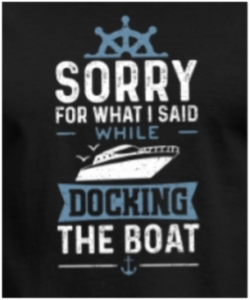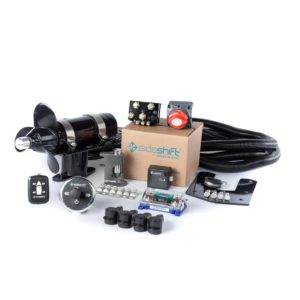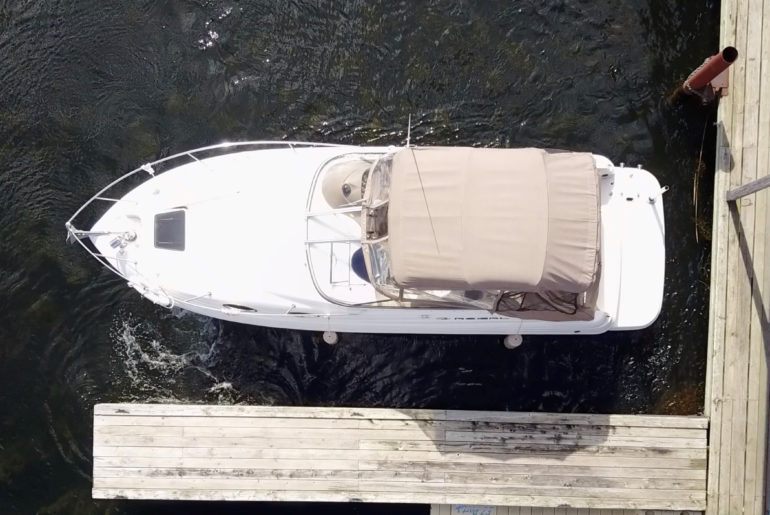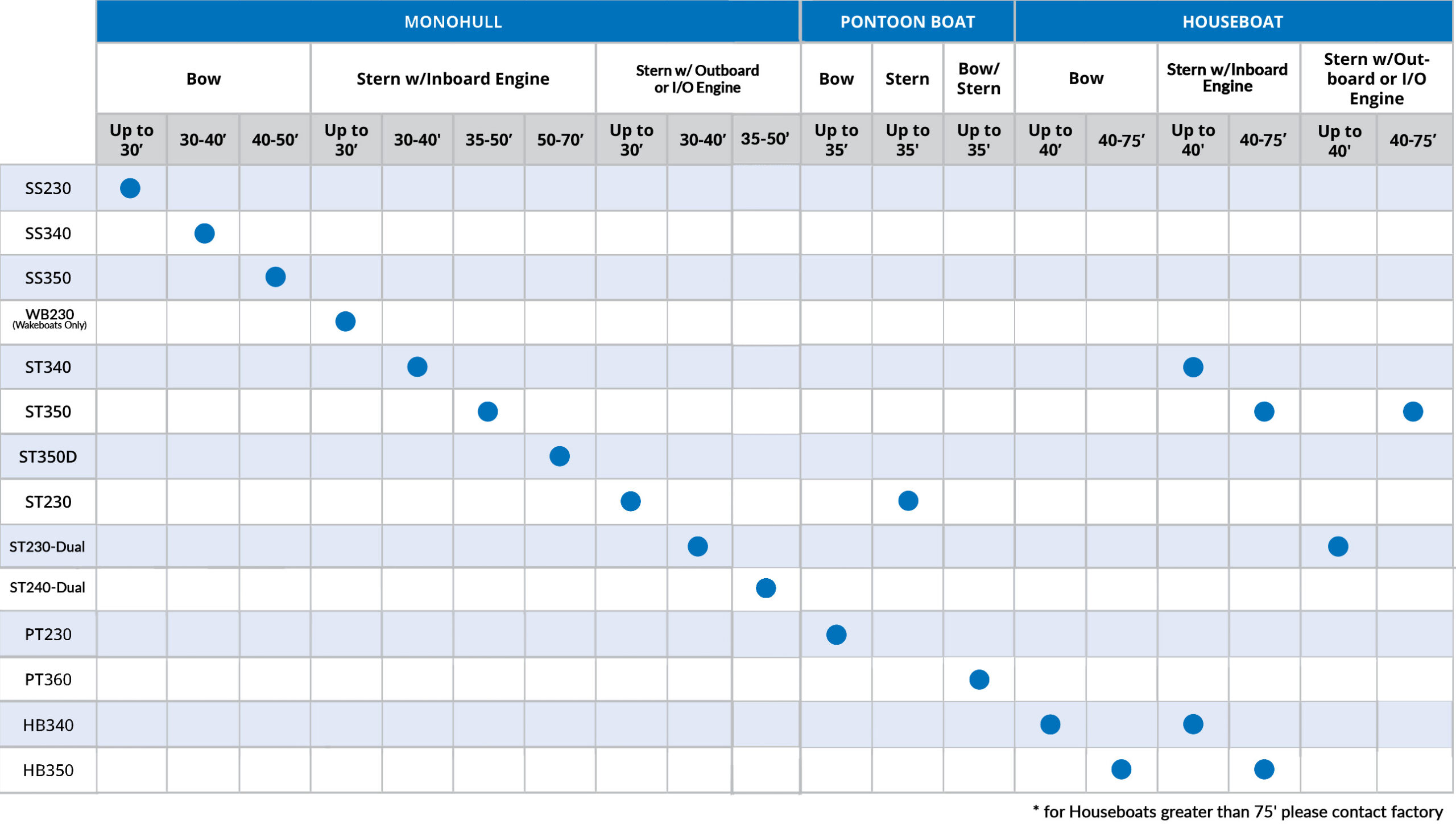by Jon Blaicher
The joy of boating comes in many forms. Pulling the winter cover off and splashing for the first time in the Spring. Watching the kids giggle and grin while racing down the dock to climb aboard with their new water toys. Heading out in a warm breeze with the sun on your face. Listening to the water rushing past the hull, or the sounds of wildlife at a calm anchorage. One might argue, few other recreational activates can bring such joy to as many people that will fit on a boat. However, the common theme here is, heading out and enjoying time on the water.
When it comes time to return to the dock, that warm feeling you’ve had all day can disappear in a flash if the wind picks up, as though dark clouds have suddenly appeared on the horizon. If you haven’t had to dock a boat in a tight spot with a stiff breeze blowing, you probably know someone who has. Those of us looking out for our neighbors will often walk down the dock when we see them coming, and lend a pair of friendly hands… just in case.
I know that feeling. The thoughts that run through my mind when I know a strong gust could blow me off course at just the wrong moment, are stressful to say the least. How many deck hands can I safely deploy? What will be my escape plan today? How will I avoid my neighbor’s boat if I’m blown their way? What will I do if an engine stalls? If I really mess this up, will we lose precious time on the hard for repairs? I’m not usually smiling at this point, hence the invaluable t-shirt “Sorry for what I said while docking the boat”. 
Fortunately, the trepidation that stirs when the wind picks up can be avoided entirely with the addition of a directional thruster. Assuming you can afford one.
Directional thrusters date back to the 1940s when Murray & Tregurtha, Inc. out of Boston Massachusetts began to develop a 360 degree steerable Marine Outboard Drive Propulsion System for use by the U.S. Navy during World War II. In 1946 Murray & Tregurtha were starting to build commercial tunnel thrusters with Kaplan type propellers for use in large tugs and ferries, that would be sold under the Habormaster trademark by 1947. The design of most modern through-hull tunnel thrusters on the market today can be traced back to the Murray & Tregurtha design. They are very effective at controlling the lateral position of the boat. While the cost of thruster hardware may be reasonable, it is often the installation that is cost prohibitive, due to the size of the hole below the waterline and resulting fibreglass work required to maintain a watertight structure.
Just over twenty years ago, Steve and Mark Houle set about developing an easy-to-install bow and stern thruster solution that the average boater could afford. The result was the marine industry’s first externally mounted bow thruster which they named Sideshift.
By eliminating the need for a large hole, or any hole below the waterline they were able to dramatically reduce the cost of installation by upwards of 80%.
However, knowing full well how busy marina staff can be during peak periods, they wanted to ensure their system could be installed by any DIY boater. This involved simplifying the control systems with plug and play receivers that connect to wireless joysticks, and packaging together a kit that included all the necessary parts, mounting hardware, epoxy and sealant, along with detailed step-by-step instructions on the installation process in a single box. The only items not included are the main batteries and cables, since they may differ in power, voltage and configuration from boat to boat. 
Typically, Sideshift’s bow and stern thrusters can each be installed in a single day. They can even be installed single handed, although a second set of hands can speed up the install process. The largest hole required through the hull is only a ½-inch or 13mm in diameter, and all holes are located above the waterline.
Sideshift’s pontoon boat thrusters and outboard stern thrusters are even easier to install, and can usually be completed in a half day, often without drilling a single hole in the hull.
Once installed, the wireless joystick powers up at the push of a button providing immediate control over your thrusters, allowing precise adjustments in position of the bow or stern from side to side. With both bow and stern thrusters installed, the boat can be pushed straight sideways or rotated 360-degrees in either direction.
Not only do SideShift thrusters take the stress out of docking, but they also provide real world peace of mind when returning to port, regardless of the conditions. In a nutshell, they help preserve the joy of boating!

